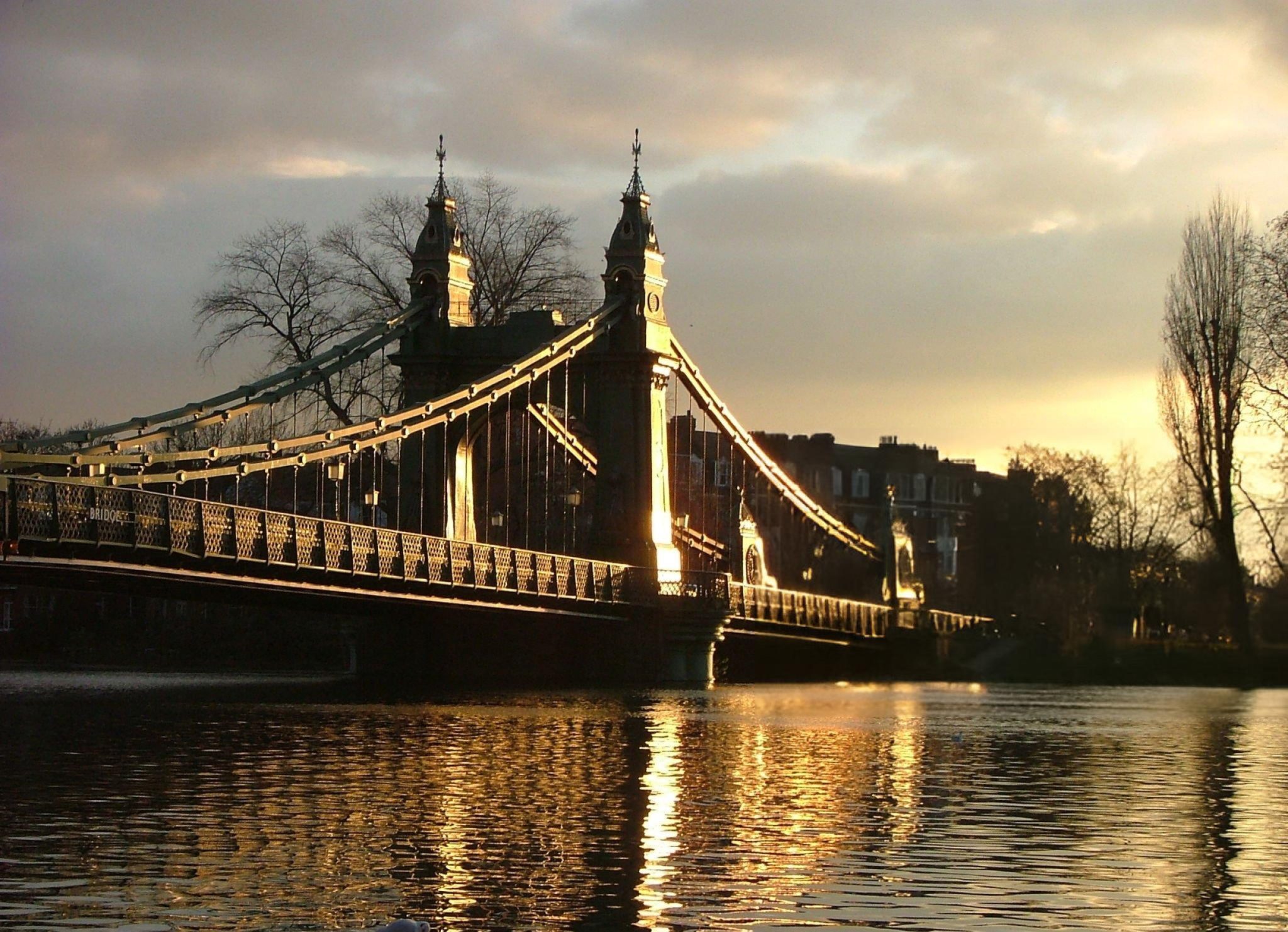Putney MP Fleur Anderson has issued a stark warning that Hammersmith Bridge could remain closed to vehicles for another decade, citing failures by the previous Conservative Government to prioritise its repair. The bridge, an essential link between Hammersmith and Barnes, has been shut to motor vehicles since 2019 due to structural cracks in its pedestals.
Ms Anderson criticised the lack of progress in repairing the 138-year-old bridge, estimating that full restoration could now take until 2035. She remarked: “If they [the last Government] had started six years ago, we could have completed it. But delays, compounded by challenges like the war in Ukraine, have made the situation worse. The longer it’s left, the harder it becomes.”
The repair costs have surged to an estimated £250 million, with funding and responsibility for the works remaining contentious. Ms Anderson expressed concerns that even by the end of the current parliamentary term in 2029, a full reopening would be unrealistic.
The closure has severely impacted local transport, particularly bus services, and disrupted the surrounding road network. Ms Anderson is urging residents to write to the Department for Transport (DfT) to highlight the ongoing effects on daily life ahead of a key meeting of the Hammersmith Bridge Taskforce, scheduled for January 30.
During the 2019 general election campaign, then-Transport Secretary Grant Shapps pledged to prioritise the bridge’s reopening. However, progress stalled despite the creation of the Hammersmith Bridge Taskforce, which last met in 2021. The taskforce is now set to reconvene under Labour’s minister for local transport, Simon Lightwood.
A spokesperson for the DfT stated: “We continue to work closely with the London Borough of Hammersmith and Fulham and Transport for London on the bridge. To date, the Department has provided £13 million towards the project, including emergency exploratory works, stabilisation efforts, and resurfacing.”
Hammersmith and Fulham Council, which owns the bridge, submitted a business case to the DfT in December 2022. However, the case was not approved, and discussions were dropped from subsequent meetings. This lack of progress has frustrated local authorities and residents alike.
Neighbouring MPs have also voiced their concerns. Richmond Park MP Sarah Olney criticised the former Conservative Government’s handling of the issue, stating: “The failure to commit to repairing Hammersmith Bridge is a stain on their legacy. The business case for repairs sat on the minister’s desk for over a year without action.”
Labour MP Andy Slaughter echoed these sentiments, welcoming the taskforce’s reconvening as a step forward. “Restarting the dialogue is a positive step,” he said, while emphasising the need to resolve disputes over funding responsibilities.
Hammersmith and Fulham Council has been pushing for a long-term solution but acknowledged the complexities of the funding arrangements. Ms Anderson emphasised the importance of community input, holding a meeting this Saturday to update residents and hear their concerns.
The prolonged closure has had far-reaching consequences, not only for local transport but also for the resilience of the area’s road network during other disruptions, such as utility works.
Despite the challenges, MPs and local authorities remain hopeful that the renewed taskforce discussions will yield tangible progress. However, without swift action, Londoners may face another decade of disruption caused by the closure of this historic bridge.
The taskforce meeting on January 30 will serve as a critical opportunity for stakeholders to chart a path forward, with residents, local officials, and MPs urging the Government to commit its share of funding to expedite the repairs. Until then, the fate of Hammersmith Bridge—and the communities it connects—remains uncertain.







